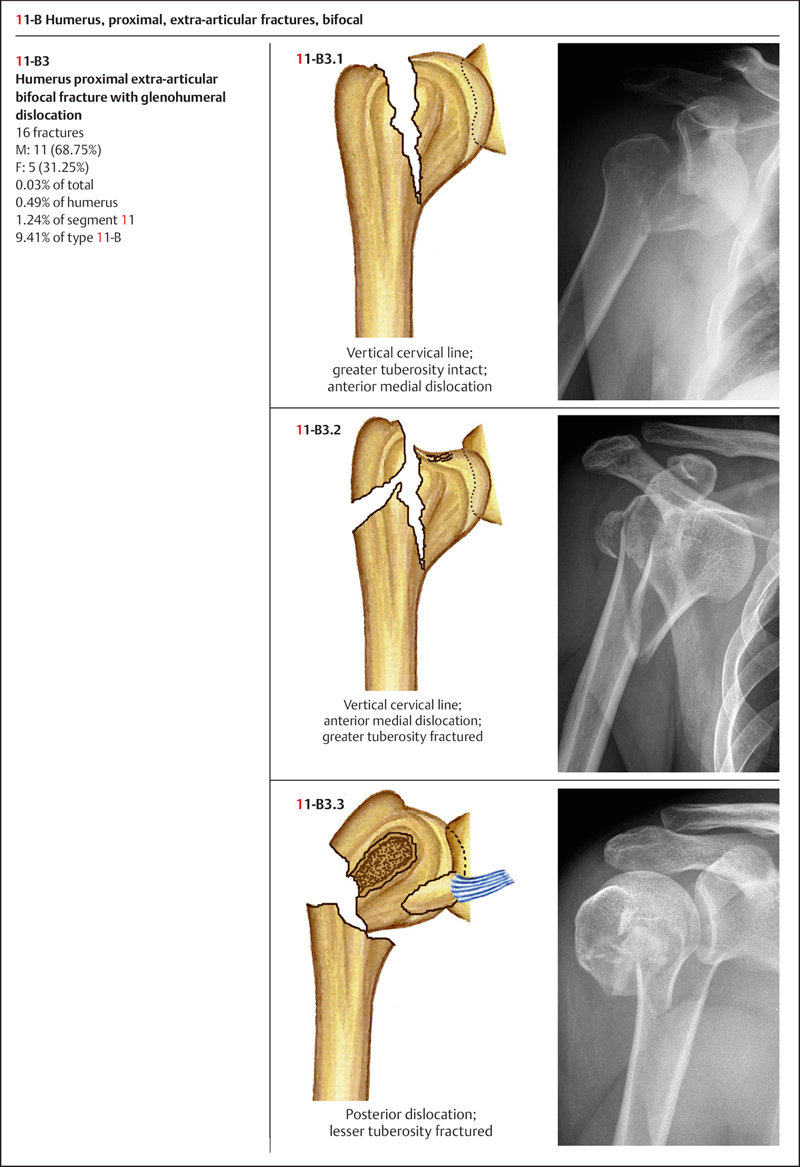


Métodos estadísticos uni y multivariados. Posterior análisis y comparación con lesiones encontradas en restos bioarqueológicos.Įl análisis de variables relevadas en el material experimental se realizó mediante Lesiones contundentes a 21 cráneos de cerdo (Sus scrofa) con diferentes elementos y su Particularmente aquellos cuyo efector es de naturaleza contundente.ĭesde una perspectiva experimental, este trabajo se basó en la producción de SinĮmbargo, los antecedentes experimentales son escasos en nuestro país, Los estudios experimentales tienen el potencial de ofrecer tal marco de referencia. Referencia que permitan establecer relaciones probabilísticas entre la marca y el efector. En este sentido, es necesario generar marcos de Pueden observar dichas marcas, donde la asociación entre ellas y el objeto que la realizó Mayor profundidad contextos forenses que han sido catalogados como violentos, ya queĪbundan las evidencias que dan cuenta de situaciones conflictivas.Įn ámbitos forenses se encuentran con frecuencia restos óseos en los cuales se Investigación y el análisis de este tipo de lesiones en restos óseos permitirá abordar con Los diferentes elementosĮfectores provocarían diversas improntas o patrones traumáticos identificables a travésĮstas marcas son también conocidas como lesiones contundentes. Roma, como piedras, garrotes, boleadoras o martillos. Algunas marcas óseas pueden ser el resultado de la aplicación de una fuerzaĮn un área grande de impacto causada por elementos duros de superficie obtusa o These findings were observational, as the samples were too small for statistical conclusions.Įl análisis de traumas en restos óseos humanos implica el estudio de trazas, esĭecir que se observa el resultado de conductas pasadas, constituyéndose en evidencia However, only high absolute forces produced comminuted fractures. The severity of trauma was not related to the surface area of contact with the blunt objects. Results showed that all investigated instruments were capable of producing similar injuries.

Resultant traumatic effects and fractures (linear, depressed, basilar, comminuted, and distastic) were analyzed according to type of blunt object used surface area of contact and absolute force (N/cm(2)) delivered.
Blunt force trauma generator#
A machine calibrated force generator was used to hold the blunt object in place and to hit the skulls at forces of 12.5N and 25N. Commonly found blunt objects comprising of Warrington hammer, hockey stick and open face helmet were used in this study. Nine adult monkeys (Macaca fascicularis) skulls were used as models. The aim of this study was to determine the characteristics of blunt force trauma to the skull produced by different instruments. The important factors that determine severity of trauma include the type of weapon used, type and site of skull fracture, intracranial haemorrhage and severity of brain injury. Previous studies have shown inflicting injury to the head region is one of the most effective methods of murder. Deaths due to blunt force trauma to the head as a result of assault are some of the most common cases encountered by the practicing forensic pathologist.


 0 kommentar(er)
0 kommentar(er)
